I'm writing an algorithm to remove overlaps, given a range of lines (I'm calling it "lines" due to the ambiguity of the term "range" in this case).
This is how a line looks like:
struct line {
int begin, width;
int end() const { return begin + width; }
};
Example: Given three lines (0,3), (1,2) and (5,1) I expect to obtain (0,3), (3,2) and (5,1) after the transformation. Here is a graphical representation of this problem:
This is one possible solution for the problem:
auto removeOverlap(std::pair<line, line> input)
{
// keeps first line untouched and shifts the second line to the end of the first one, if necessary
return std::pair<line, line>{std::get<0>(input), {std::max(std::get<0>(input).end(), std::get<1>(input).begin), std::get<1>(input).width}};
}
int main(int argc, char *argv[])
{
std::array<line, 3> lines{{{0,3},{1,2},{5,1}}};
for(int i = 0; i < lines.size()-1; ++i)
{
std::tie(lines[i], lines[i+1]) = removeOverlap(std::make_pair(lines[i], lines[i+1]));
}
assert(lines[0].begin == 0);
assert(lines[1].begin == 3);
assert(lines[2].begin == 5);
My question: How could I do this using range-v3?
I'm thinking of using a modified view::chunk(N) in which the size of the increment is 1 (instead of N). But I really don't know how to proceed from this point.
